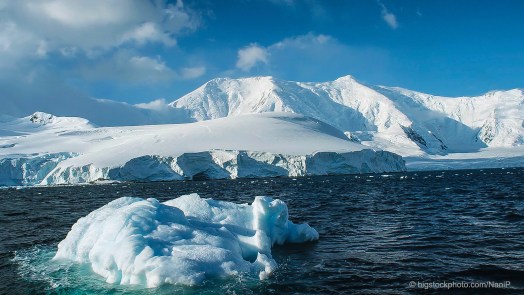
Deep-sea biologists from Germany accidentally discovered a massive colony of icefish nests under the ice in Antarctica’s Weddell Sea. The fish known as Jonah’s icefish have formed a colony the researchers estimate to contain 60 million nests 500 meters below the sea ice. The animals of the cold always amaze us.
Jonah’s icefish are nesting fish that carve out circular nests with rocky centers on the seafloor, where they lay over 1,000 eggs. Other ocean and freshwater fish species form nests, including bluegills that nest in the lakes of the midwestern United States. However, bluegill breeding colonies are limited to a few hundred individuals, not millions. Like bluegills that feed on small aquatic life and are food for larger fish, Jonah’s icefish play an essential role as food for the Weddell seals, and they feed on the abundant plankton in the Antarctic waters.
When it comes to animals of the cold, Jonah’s icefish are like the ooligan (eulachon) fish of Alaskan waters in that their blood is full of antifreeze compounds. Ooligans have so much oil in their bodies that if you dry the fish and put a wick in its mouth, it will burn like a candle. In Alaska, a nickname for the ooligan is the “candlefish.”
Many animals are specially designed to live in very cold conditions. For example, one of the books in our children’s book collection is titled Animals of the Cold, written by Charlsey Ford. As well as the ooligan, that book discusses the musk ox, ice worms, and the Kermode bear. All of these animals are specially designed to live in the extreme cold.
We see God’s design in every ecological system on our planet. Each time we find a new example, we are amazed at God’s creative design of life. Romans 1:19-22 reminds us that “We can know there is a God through the things He has made.” Jonah’s icefish is another excellent example of that truth.
— John N. Clayton 2022
References: Science News February 12, 2022, pages 12-13, and Current Biology volume 32, issue 4.
The complete set of our children’s books is available HERE.





